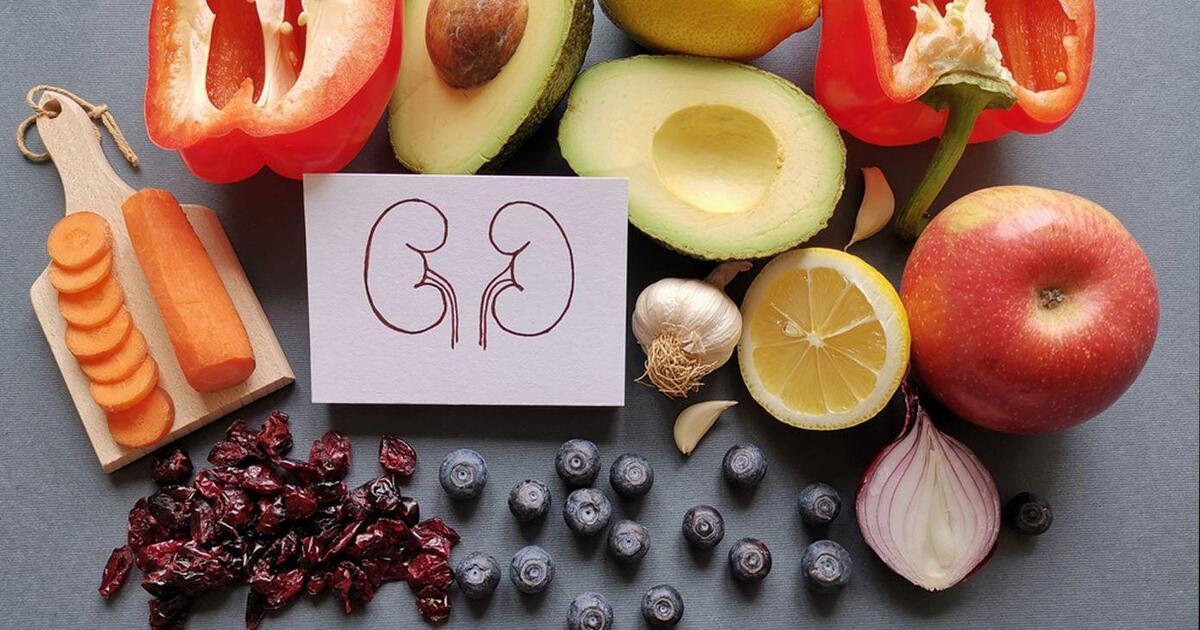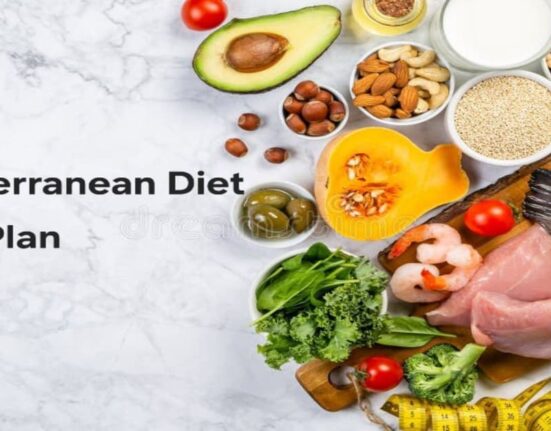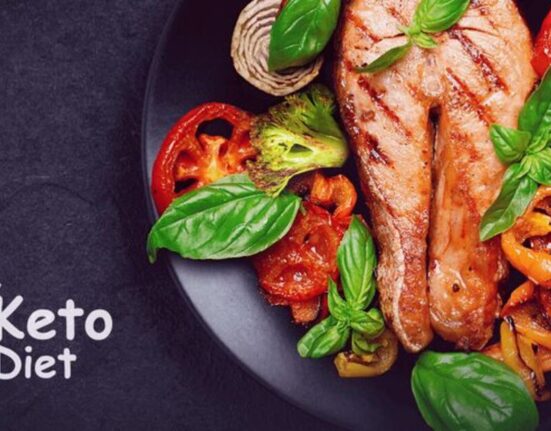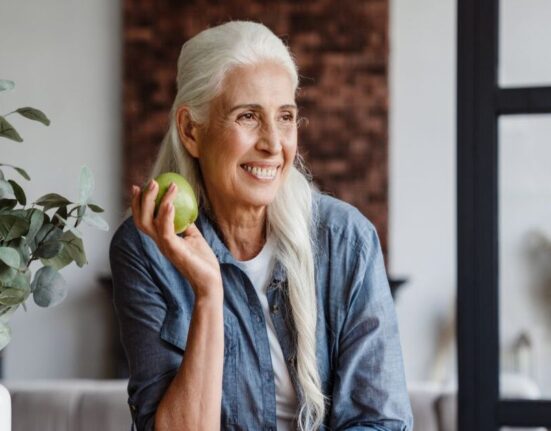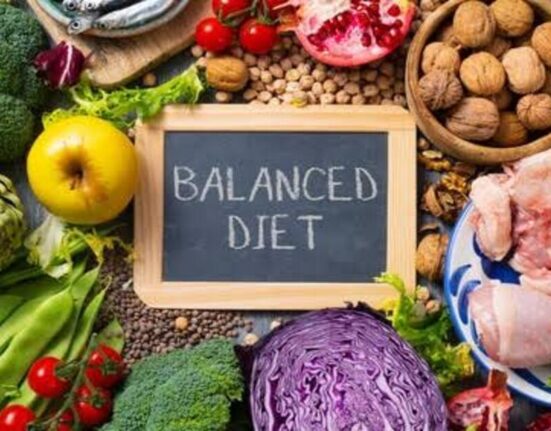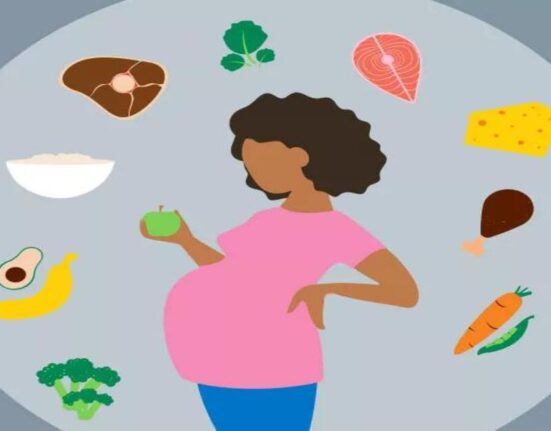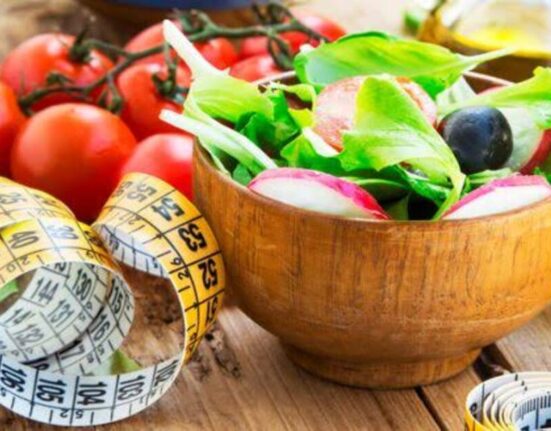When someone finds out they have kidney problems, they often feel lost when it comes to food. They ask themselves: “What can I eat without making things worse? And what should I completely avoid?” The answer isn’t always simple, because for kidney patients, food isn’t just about filling the stomach it can literally help improve the condition or make it worse. A diet for kidney disease isn’t just a “diet plan” like many people think. It’s more of a lifestyle that needs awareness and patience.
Why diet is important for kidney patients
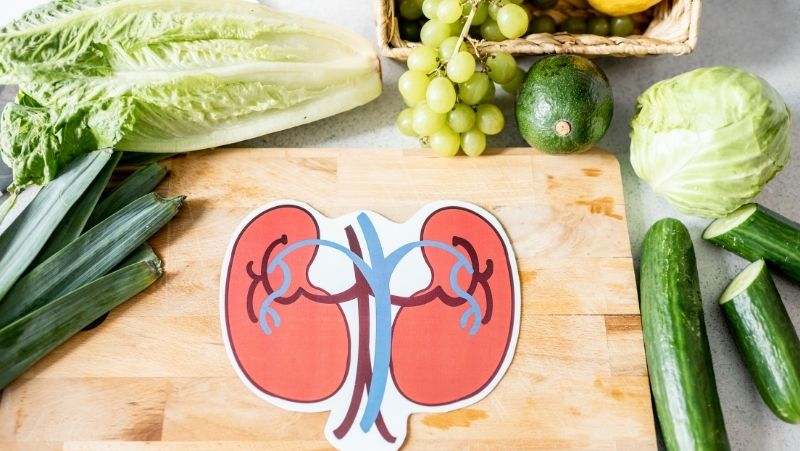
The kidneys are the body’s natural filter. They remove toxins and waste and keep the balance of salts and fluids. But when they don’t work properly, every bite of food has a direct impact. Salt, for example, makes the body hold on to fluids, which puts more pressure on the kidneys. Too much protein isn’t a good idea either, because it creates nitrogen waste that the kidneys must work harder to remove.
This is why a diet for kidney disease is so important. It’s not about deprivation, but about reducing the strain on the kidneys and helping them function longer. Patients who stick to their plan usually notice improvements: less fatigue, less swelling, and even better appetite.1
Foods kidney patients can eat
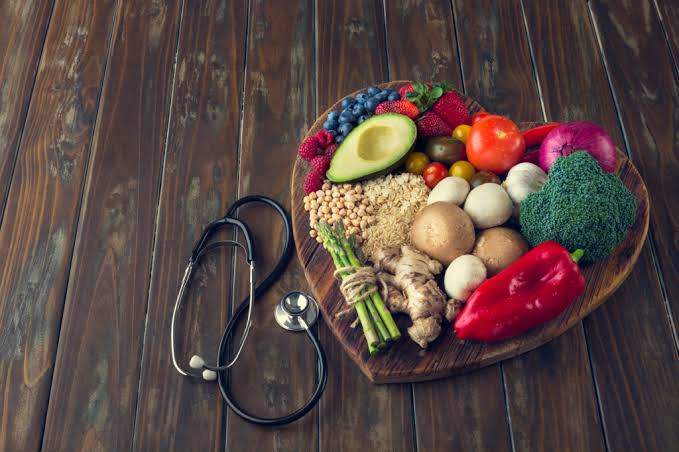
Not all “healthy” foods are safe for kidney patients. Some fruits and vegetables can be harmful if not chosen carefully. A good diet for chronic kidney disease usually includes:
- Low-potassium vegetables: zucchini, cucumber, bell peppers, cauliflower. They’re light on the kidneys and full of vitamins and fiber without raising potassium levels dangerously.
- Safe fruits: apples, grapes, berries, strawberries. They taste good and don’t add extra stress on the kidneys.
- Simple carbs: white rice, pasta, white bread. These may not sound like “healthy choices,” but for kidney patients, they provide energy without burdening the kidneys.
- Healthy fats: olive oil or canola oil add flavor without harm. The body still needs moderate amounts of good fats.
- Water: the most important element. The right amount depends on the stage of kidney disease sometimes less, sometimes more. That’s why diet plans must be personalized.
Read also: How to Start a Vegan Diet Step by Step
Foods to avoid or limit
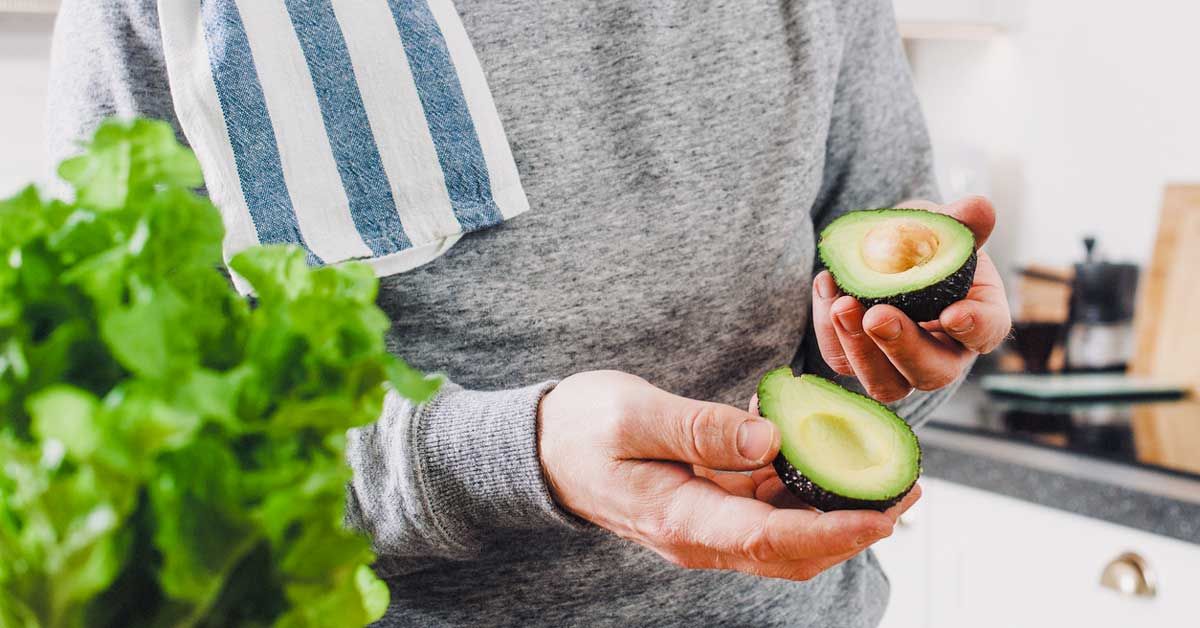
This part is usually the hardest, because it often means cutting back on favorites. But avoiding these can literally save lives:
- High-sodium foods: pickles, chips, processed meats, fast food. Sodium causes fluid retention, adding pressure on kidneys and heart.
- High-potassium foods: potatoes, tomatoes, bananas, oranges. Healthy for others, risky for kidney patients because high potassium can affect the heart.
- Phosphorus-rich foods: full-fat dairy, chocolate, nuts. Excess phosphorus weakens bones and often requires medication to control.
- Heavy proteins: too much red meat or fish puts extra strain on the kidneys. Protein is important, but amounts must be very limited.
- Sodas (especially dark ones): high in phosphorus and preservatives, plus lots of sugar. They harm the kidneys and overall health.2
A sample weekly meal plan
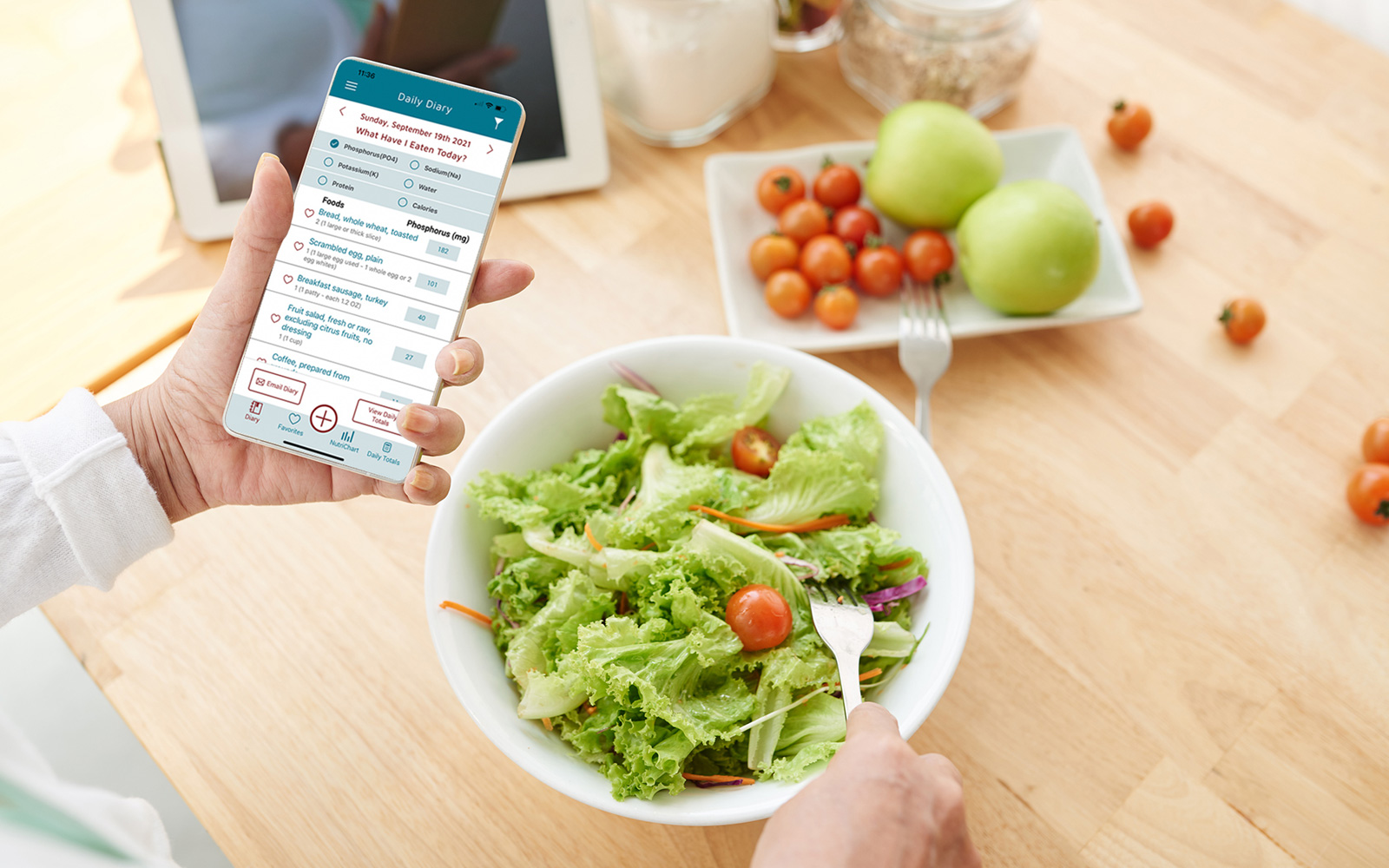
One big challenge for kidney patients is variety. Eating the same meals every day gets boring, so the diet for chronic kidney disease should be flexible and enjoyable. Here’s an example for one week:
- Day 1: oatmeal with apple for breakfast, white rice with grilled chicken and cucumber salad for lunch, grapes as a snack, and pasta with olive oil and grilled zucchini for dinner.
- Day 2: toast with honey and light tea, boiled potatoes (after soaking to reduce potassium) with a small portion of grilled fish, berries as a snack, and light cauliflower-carrot soup with bread.
- Day 3: boiled corn with herbal tea, white rice with chicken kofta and vegetable salad, a small slice of watermelon, pasta with canola oil and roasted cauliflower.
- Day 4: toast with sugar-free jam, small portion of boiled beef with rice and cucumber salad, grapes as a snack, and noodle soup with boiled veggies.
- Day 5: toast with honey and tea, boiled chicken breast with pasta and olive oil, an apple in the afternoon, grilled vegetable salad with bread for dinner.
- Day 6: watermelon or grapes in the morning, grilled fish with rice and cucumber salad for lunch, berries as a snack, and pasta with zucchini for dinner.
- Day 7: oatmeal with apple, moderate grilled chicken with rice and bell pepper salad, strawberries as a snack, and cauliflower-carrot soup with toast.
This plan is not meant to be followed exactly, but to show that a diet for kidney disease can be varied, tasty, and simple using everyday ingredients.
Read also: Best Diabetes Diet
Practical tips to stick to the diet
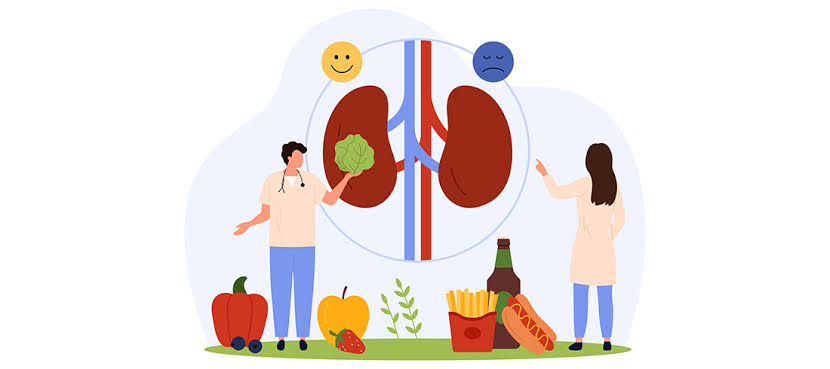
The hardest part isn’t knowing what to eat, but sticking to it daily. Some tips that help:
- Prep meals ahead: cut up veggies or cook rice in advance, so there’s always something ready when hunger strikes.
- Use herbs instead of salt: rosemary, thyme, or dried coriander give flavor without stressing the kidneys.
- Eat small, frequent meals: easier to digest and less pressure on the kidneys.
- Make meals family-friendly: cook dishes that work for everyone with small adjustments for the patient.
- Avoid fast food: it’s loaded with sodium and preservatives. Home-cooked is always safer.
- Stay flexible but consistent: slip-ups happen, but don’t see them as failure. Just get back on track.
Common mistakes kidney patients make
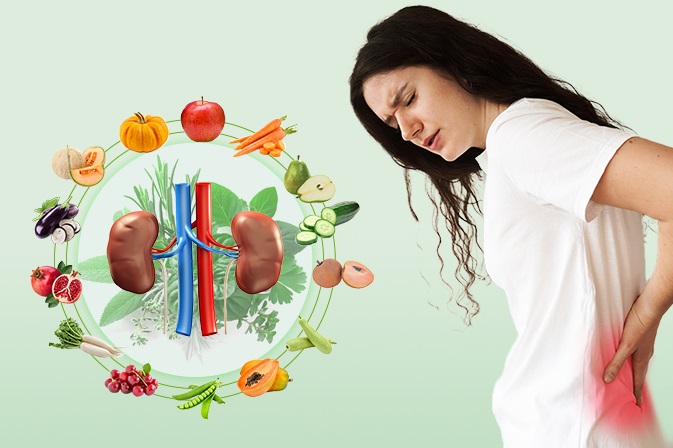
Many think cutting salt alone is enough. It’s not. Other mistakes include:
- Drinking too much water, thinking it “flushes the kidneys” (which can actually cause fluid overload).
- Eating too much protein, which can speed up kidney damage.
- Relying on “diet” or “low-fat” packaged foods that are full of hidden sodium.
- Ignoring potassium-rich foods like bananas, oranges, or tomatoes, assuming “natural” always means safe.
- Taking herbal remedies or supplements without a doctor’s advice—some herbs can seriously damage the kidneys.
Adjusting to the new lifestyle
Adapting takes time. For example, a friend of mine with kidney issues used to eat fries almost every day. When her doctor told her to stop, she felt devastated at first. But later she discovered roasted zucchini and spiced cauliflower, and found them tasty. Over time, she realized she wasn’t missing out as much as she thought.
A diet for chronic kidney disease can feel like a challenge at the start, but with new recipes and experimenting with flavors, patients can live much more normally than expected.
Final thoughts
Following a proper diet for kidney disease isn’t optionalit’s part of the treatment, just like medication. With patience and awareness, patients can live longer and healthier, with less progression of the disease.
And no, reducing salt or protein doesn’t mean life will lose its taste. On the contrary, you might discover new recipes, enjoy lighter meals, and feel stronger. Always remember: every bite counts, and the choices you make today can protect you tomorrow.
Read also: Best Diet for Weight Loss
Reference





